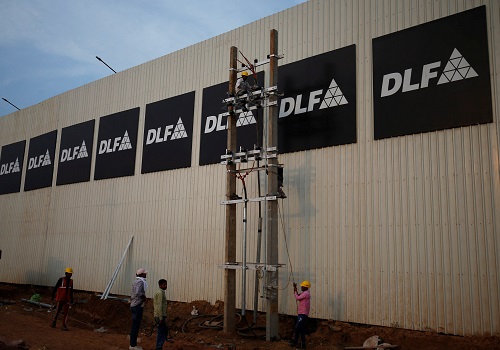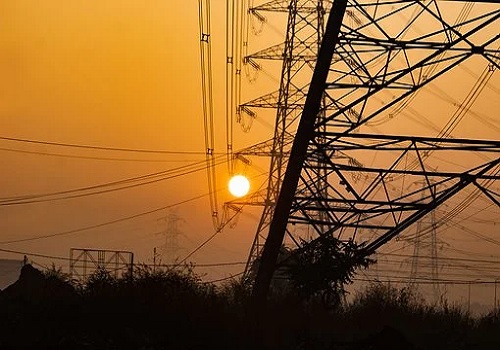2023 : More Smooth Sailing or Bumpy Ride for Indian Real Estate?

Follow us Now on Telegram ! Get daily 10 - 12 important updates on Business, Finance and Investment. Join our Telegram Channel
Below is View on Indian Real Estate Sector Outlook 2023 By Anuj Puri, Chairman - ANAROCK Property Consultants
Residential Real Estate
Housing sales remained upbeat throughout 2022, and the current sales momentum will sustain at least into the first quarter of 2023. Thereafter, much will depend on forces other than the desire for homeownership, such as additional repo rate hikes and property price increases. 2022 saw the repo rate go up by almost 225 bps, and home loan interest rates lost no time in going up concurrently.
So far, the rate hikes have had only a marginal impact on residential absorption. While more affordable housing buyers stepped back from purchase decisions, mid-income and luxury homes sales were not markedly affected. However, there is a tolerance limit even to the most upbeat sentiment.
Readings from ANAROCK’s most recent Consumer Sentiment Survey clearly indicated that if home loan interest rates rise above 9.5% mark, we can expect to see considerable housing demand contraction.
2023 will continue to witness controlled new launches in most of the top cities. The launch trend in 2022 was calculated caution, with developers refraining from putting more inventory on the market than it could reasonably absorb - especially in already abundantly supplied markets.
To illustrate, NCR - a market once notorious for chronic oversupply - saw restricted new supply, which played a major role in reducing unsold inventory there. Since this cautious approach worked well in 2022, it will certainly continue in 2023.
An imminent US recession in 2023, if it unfolds as seems possible now, will impact housing demand in India at least marginally. Reduced flows of IT/ITeS work outsourced to India and further layoffs will leave their mark on residential absorption here. Apart from the fact that IT employees contribute a sizeable chunk of the housing demand here, hawkish Federal rates have a visible impact on Indian stock markets.
Reduced stocks earnings suppress the appetite for discretionary spending and making long-term financial commitments, especially in the cost-intensive housing sector that stays afloat on home loans. Developers have already factored in this possibility, causing them to hold an even tighter rein on new supply until more clarity emerges.
Ready-to-move-in housing will continue to draw most of the demand in 2023. The focus of buyers opting for new launches will not waver from projects by leading and listed players.
Commercial Real Estate
The fate of the Indian commercial real estate sector hands in a fine balance in 2023. The forecast here is cloudy with chances of sunshine.
A global recession would have several direct and considerable repercussions on the Indian commercial office market. This sector depends heavily on expansion by domestic and international corporates.
To understand how a recession in 2023 would affect this sector, it is necessary to understand what makes it tick. Currently, 70% of offices in this country are occupied by foreign companies who focus on cost advantages like sub-dollar rentals for good quality Grade A offices, and almost 80% lower operating cost per full-time employee in India compared to the tier II cities in the US.
2020 was obviously a dull year for the Indian commercial office markets, but the supply and demand picked up in 2021 with 21% and 34% growth respectively over the previous year. 2022 was also upbeat during the first half.
However, from H2'22 onwards, the pall of a threatening recession in the US caused many RFPs (Request for Proposals) to be deferred as the large global corporates wanted a better perspective on the future before leasing new offices.By the end of the 3rd quarter of his year, the number of Grade A office leases across the top 7 cities is down by 6–10% over 2021. The pace of decreased leases has increased with each passing quarter. The last quarter of 2022 has been marked by increasing caution and reticence by MNC occupiers.
A recession in the US in 2023 will compound this caution and would slow down MNC leasing even further. However, though the number of leases is declining, the deals that were concluded in 2022 showed that occupiers are confident about the future and are taking positions that are leading to an increase in rentals.
The average chargeable area per deal for 9M 2022 is almost at par with the previous year as well as 2019. The average lease term for deals concluded in 9M 2022 is 3 months higher than in 2021. Evidently, occupiers are taking long positions. Average rentals for concluded deals have rose 7-10% in the first nine months of 2022 compared to the previous year.
This bipolar backdrop of negative and positive dynamics means that 2023 will be a year for watching the Indian commercial real estate sector very closely.
Above views are of the author and not of the website kindly read disclaimer










Tag News

India`s DLF to focus on luxury, premium housing after near-$1 billion project sells out





 320-x-100_uti_gold.jpg" alt="Advertisement">
320-x-100_uti_gold.jpg" alt="Advertisement">








